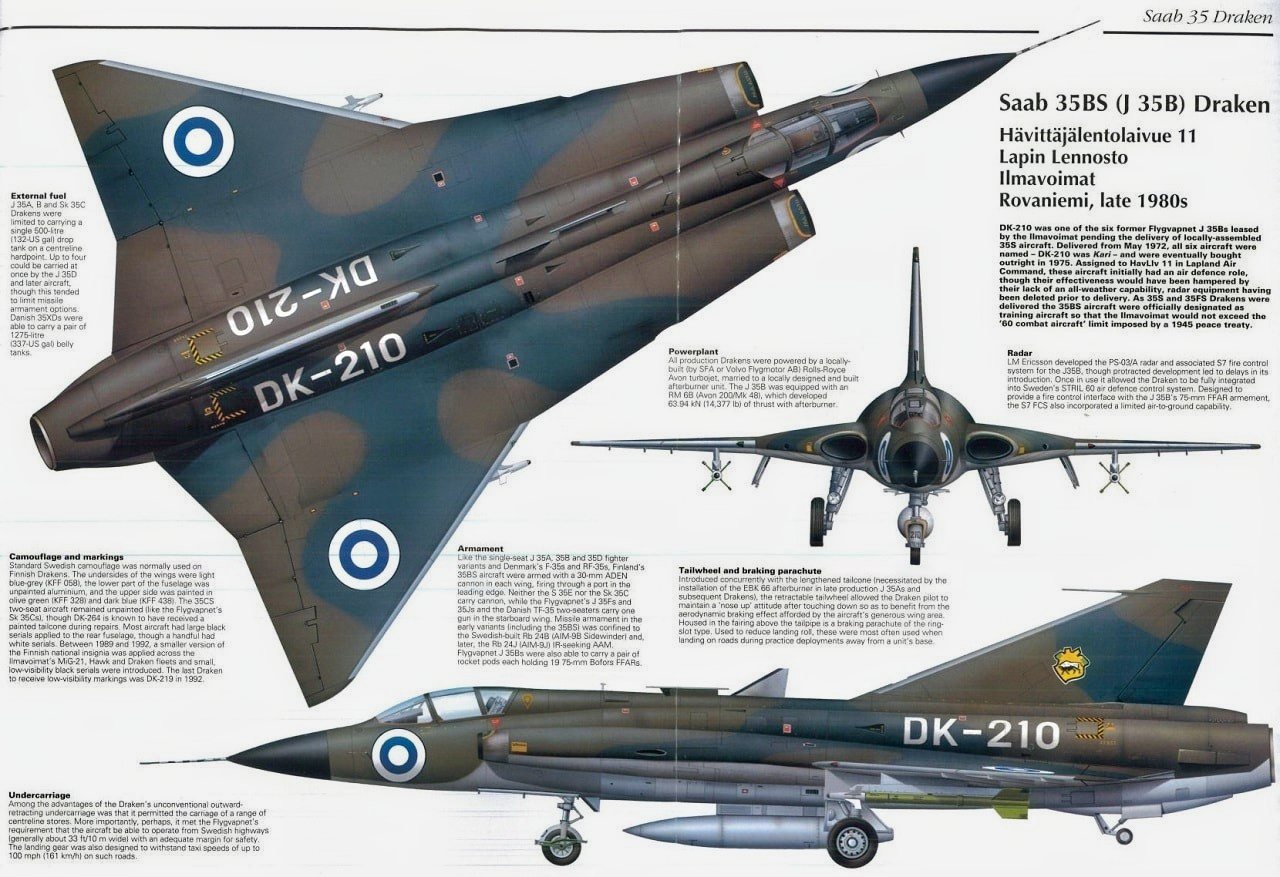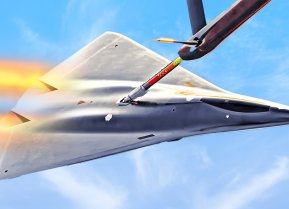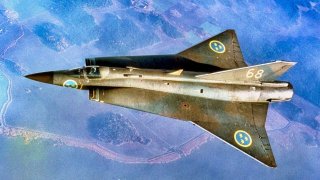Saab 35 Draken: Sweden's Cold War Fighter Ace Built to Fight Russia
The Saab 35 Draken, a Cold War-era Swedish fighter jet, was a groundbreaking aircraft that set multiple records. It was the first Western European-built airframe capable of true supersonic flight and the first to break the sound barrier.
Summary and Key Points: The Saab 35 Draken, a Cold War-era Swedish fighter jet, was a groundbreaking aircraft that set multiple records. It was the first Western European-built airframe capable of true supersonic flight and the first to break the sound barrier.
-Known for its double delta wing configuration, the Draken was optimized for high-speed operations, reaching Mach 2.0.
-It could carry an array of weaponry, including AIM-9 Sidewinder missiles and various bombs.
-Despite its instability due to its tailless delta wing design, the Draken pioneered the Cobra maneuver to help pilots avoid super stalls. Though it never saw combat, the Draken remains a significant achievement in aviation history.
Breaking Barriers: The Saab 35 Draken's Legacy
The Saab 35 represents one of the many fighters designed during the Cold War to address the USSR’s increasing aggression against the West.
When Sweden first revealed its “Draken” fighter, it immediately broke an array of records. It became the first Western European-constructed airframe with true supersonic capability and the first to break the sound barrier.
Additionally, the “Dragon” platform was the first combat airframe ever built with a double delta wing configuration and would become the first known aircraft to carry out the Cobra maneuver.
So, while the Saab 35 may be considered an aging relic, it deserves reverence from aviation buffs and military experts alike.
An overview of the Draken:
Following the Second World War, Swedish officials recognized the need for a supersonic fighter capable of dogfighting and intercepting bombers at higher altitudes.
Initially, the Swedish Defense Material Administration outlined specific requirements for the platform.
The new bomber aircraft was expected to fly at speeds in excess of Mach-1.3-Mach-1.5 (times the speed of sound), but this estimate was raised to Mach-1.7-Mach-1.8 and eventually to Mach-2.0 down the line.
Specs & capabilities:
Perhaps most importantly, Swedish engineers desired a jet that could operate from the country’s unique Bas-60 air base system. This program consisted of creating 70- small air bases throughout Sweden to operate its fighters on roads in case of a potential Soviet attack.
These “wartime bases” necessitated unconventional take-off and landing runways, so the new platform had to be capable of operating from austere environments.
The Draken was optimized for high-speed flights, able to reach a top speed of Mach-2.0- a feat not accomplished by any other Western European-built airframes at the time. In terms of armament, the platform carried up to four AIM-9 Sidewinder short-range air-to-air missiles externally.

Additionally, the Saab 35 Draken could sport an array of rockets and bombs internally. Overall, the Swedish jet could carry a nearly 6,400-pound payload.
Due to the Draken’s tailless delta wing bodies, the airframe was relatively unstable. To better train its pilots to avoid super stalls while flying the airframe, the infamous cobra maneuver was invented.
As detailed by The Aviationist, “In a Cobra, the plane suddenly raises the nose to the vertical position (or beyond) before dropping it back to the normal flight, maintaining more or less the same altitude through the entire maneuver.”
In the blockbuster hit Top Gun, Tom Cruise’s character repeatedly employs the cobra to gain an offensive position on adversary aircraft. “Just hit the brake and they’ll fly right by,” Maverick famously says.
How many Saab 35 Drakens were produced?
Saab produced a total of 651 Draken over the years, the last of these airframes retiring in the early 2000’s. The U.S. used a dozen formerly Danish Saab 35s as training aircraft until 2009. Austria also flew a fleet of Drakens equipped with internal cannons instead of air-to-air missiles.
While the Swedish platform never saw actual combat (like most of Stockholm’s military systems), it still represented a formidable airframe.
About the Author: Maya Carlin
Maya Carlin, National Security Writer with The National Interest, is an analyst with the Center for Security Policy and a former Anna Sobol Levy Fellow at IDC Herzliya in Israel. She has by-lines in many publications, including The National Interest, Jerusalem Post, and Times of Israel. You can follow her on Twitter: @MayaCarlin.
Image Credit: Creative Commons.


